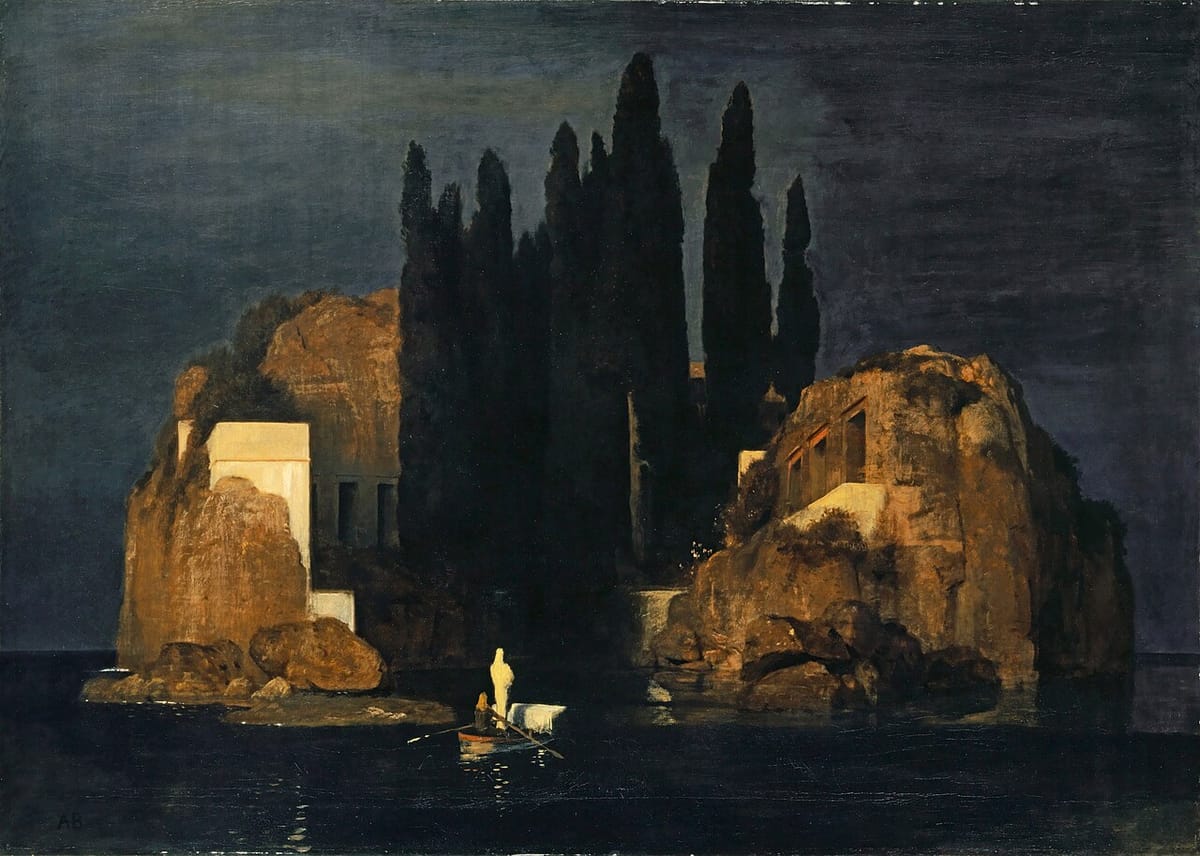To Dungeons Deep & Caverns Old: An Intro to Exploration!

As we mentioned in the article where we introduced the Kinship & Group Playbook, we built the Alpha version of Dungeon World 2 (DW2) on the basis of three pillars:
- The characters do amazing things
- They struggle together, and
- The world still has so many places to explore
A lot of #1 we have already revealed in previous posts (and we’ll talk about some more once we start talking about specific character Classes), and we approached #2 mainly through the aforementioned Group Playbook, Kinship as a communal resource, and all the associated moves to generate and spend it.
#3— “The world still has so many places to explore”—will be the center of this and some following articles, in which we'll talk about our approach to exploration in DW2.
By “exploration”, we mean those dramatic moments in which the PCs risk it all for gold and/or glory, usually in dangerous (underground) places. The main difference between the exploration framework and the rest of DW2's moves so far is one of level of abstraction, or the amount of details and complexity that these moves use.
In this sense, we expect most DW2 gameplay to be fairly detailed. We follow the action beat by beat, with things taking shorter or longer to resolve in the fictional narrative compared to the real life conversation The best (and probably most infamous) example of this is combat; what we can imagine took mere seconds or minutes in the fiction can take many times longer to resolve in the conversation.
The main culprit behind this is, of course, how much detail we dedicate to combat procedures. We instinctively feel that resolving a meaningful fight in a single move would be anti-climactic in the context of a fantasy story, so no problem there.
The question then becomes, what about when you're exploring a large building/complex location? Should we approach it with the same level of detail as everything else, or should we implement some moves that have a higher level of abstraction; that is to say, fewer details? Should we have moves that maybe invert the “combat proportion” so they take very little time in the conversation to solve, but address large chunks of in-fiction time? Our answer with DW2 so far is yes.
Our reasons for this approach range from attempting to balance conversation vs fiction times; being inspired by how exploration usually works in fantasy fiction; to our own personal experiences while running Dungeon World and other fantasy games. But, perhaps the main reason has to do with an often understated but fundamental principle in tabletop roleplaying games (TTRPGs): pacing.
I could write a book (or two!) on the importance of pacing to have successful TTRPG campaigns, on how little actual information there's out there about how to detect and manage the pace & rhythm of a campaign, in individual sessions, and even on a scene by scene basis. In essence, my argument is this: pacing is the most important aspect of running a TTRPG, one that can make or break a scene, a session, or even a whole campaign! And, as such, I wanted to make sure that DW2 had the best possible tools to help GMs become better at pacing their sessions.
And the exploration framework we developed is one of those.
Here's the gist of the matter: the first Alpha release of DW2 will contain a series of moves under the heading “Exploration Moves” that are supposed to be used to resolve uncertainty in large swaths of the fiction. The list of Exploration Moves currently includes:
- Have a Moment (N/A)
- Keep Watch (+Astute)
- Navigate Peril (+Various)
- Scout Ahead (+Slippery)
- Unearth Secrets (+Astute), and the revamped
- Undertake a Journey (N/A)
We believe that these six moves should cover all dramatically interesting situations while visiting and/or traversing through a dangerous place, thus connecting the exploration part with the rest of gameplay.
To show what we mean by that, here's the current text of Keep Watch!
Keep Watch
When you Relax Together, before or after any scene the GM may ask, “Something approaches, which of you is watching for danger?” The GM will describe what you see, then whoever volunteers rolls+Astute. If multiple people are on watch at that moment, they can Assist as normal. On a 10+ choose two from the following list. On a 7-9, only one:
- Alert the camp. Spend 1 Kinship to ensure your companions are all ready by the time it arrives
- Confront it. Meet it on your own at a close location of your choice; gain 1 XP
- Watch carefully. Ask the GM any one question about what’s coming
On a 6-, despite your best efforts it gets the drop on you, friendly or otherwise.
I think this move’s pretty straightforward, but you don’t know what Relax Together or Assist mean yet, as those live in the Group Playbook, which we haven’t previewed in detail. In short: Relax Together is our version of resting and having moments of character/group growth, and Assist is our version of Aid or Interfere (without the “Interfere” part).
So, there you have it! On Tuesday, Spencer will take the lead and show us some new exploration move(s)... And maybe some other wonders.
Until then, happy gaming!
Helena
